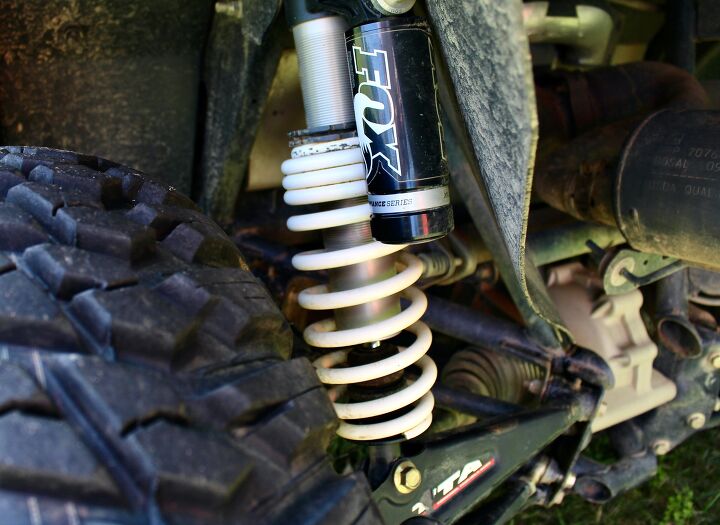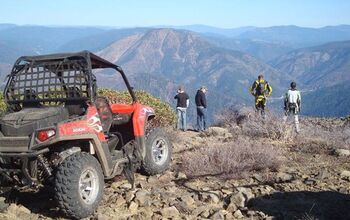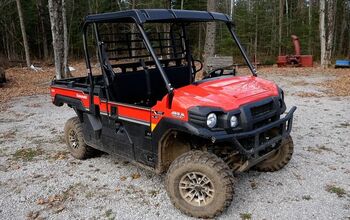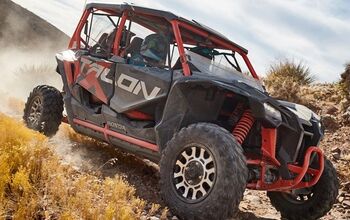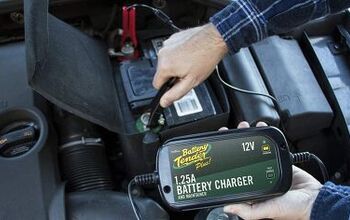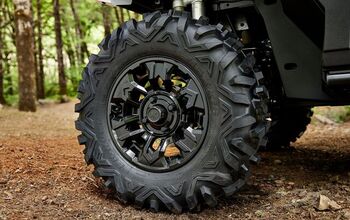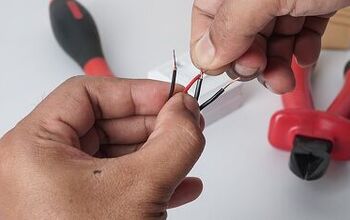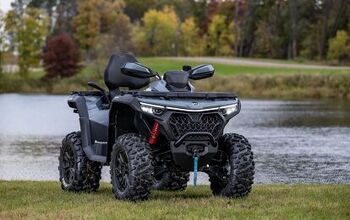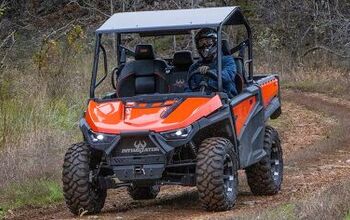Why Do You Need Good ATV Suspension?

An all-terrain vehicle (ATV) is a versatile machine designed to traverse a wide variety of terrains, from rocky trails and muddy paths to sand dunes and forest tracks. The compliance, capability, and comfort of an ATV lies in its suspension system, an often-underappreciated yet crucial component that directly impacts its performance, safety, and the overall riding experience. A well-designed suspension system is indispensable for an ATV's functionality and rider enjoyment.
At the core of understanding the significance of a good suspension system lies the diverse nature of terrains a four-wheeler encounters. These vehicles are engineered to navigate challenging landscapes that can subject them to varying conditions. Uneven surfaces, sudden obstacles, bumps, and dips are all common even on the easiest of trails. A well-calibrated suspension system acts as a buffer against these external factors, minimizing the transfer of jolts and impacts from the terrain to the rider and the vehicle itself.
One primary reason an ATV needs good suspension is safety. Picture traversing rough terrain without adequate suspension: It would be akin to riding a bucking bronco, only far less predictable. Uneven surfaces can cause instability, leading to loss of control and potential accidents. A robust suspension system absorbs shocks and vibrations, enhancing stability and providing better handling, allowing riders to maneuver safely through challenging landscapes.
Moreover, a good suspension system isn't just about safety; it significantly impacts rider comfort and fatigue. Riding an ATV over bumpy terrain can be physically demanding. Without proper suspension, the constant jarring and vibrations transmitted to the rider would lead to fatigue and discomfort, making prolonged rides an arduous ordeal. A well-designed suspension system reduces these effects, ensuring a smoother and more comfortable riding experience, allowing riders to explore for longer durations without feeling physically drained. We've experienced this in running the same trails on back-to-back rides, going from a machine with worn out, basic kit to one with new, high-quality parts. The difference in physical exhaustion by the lunch break is drastic.
The importance of a good suspension system becomes even more evident when considering the ATV's mechanical components. The constant movement the suspension undergoes from rough terrains can wreak havoc on the vehicle's structural integrity and the components that hold it together. A robust suspension system acts as a protective barrier, absorbing much of the shock and preventing excessive wear and tear on other critical components such as the frame, axles, and engine. By minimizing stress on these parts, a good suspension system extends the ATV's lifespan and reduces maintenance costs. Think of it like a good set of hiking boots with gel insets versus wearing dress shoes. Which would you rather hop from rock to rock wearing?
It's worth noting that different types of ATV riding demand specific suspension setups. For example, aggressive off-road riding or racing requires a more sophisticated and adjustable suspension system that can adapt to various terrains and riding styles. On the other hand, recreational or utility-focused riding or work use might benefit from a more comfortable and versatile suspension setup that prioritizes smoothness and stability over aggressive handling. Similarly, riders who use their machines for racing purposes may be more willing to rebuild or replace components more frequently than those using a basic quad for farm work.
The terrain an ATV tackles can also affect the need for a good suspension system. Rocky trails, for instance, necessitate a suspension setup capable of handling sharp impacts and providing ample ground clearance. Meanwhile, riding on sand dunes requires a suspension system that can absorb the undulating motions of the sand while maintaining stability. Therefore, the versatility and adjustability of a suspension system play a pivotal role in optimizing the ATV's performance across diverse landscapes. An ATV is nothing if it can’t get traction, and good suspension helps maximize traction by working to keep the tires in contact with the ground as long and as much as possible.
Innovation and technology advancements in suspension systems have significantly contributed to the overall capabilities of ATVs. Modern ATVs often feature advanced suspension components such as independent suspension systems, adjustable shocks, and progressive-rate (and dual rate) springs. These advancements allow for more precise tuning, catering to specific riding conditions and preferences. Riders can fine-tune their suspension setups to strike the perfect balance between comfort, handling, and performance, enhancing the overall riding experience.
The Polaris Scrambler XP 1000 S, which has incredible Walker Evans Racing suspension with remote reservoirs at each corner, is a testament to this. It allows for seemingly endless adjustment, allowing for the user to manipulate how it behaves. We’ve found the sweet spot for a comfortable ride (which goes hand-in-hand with articulation) while maintaining minimal body roll in corners. While its platform-mate the Sportsman XP 1000 is supremely comfortable, its more simplistic shock-and-spring setup is far more limited in its breadth of strengths, providing substantial comfort but falling apart when the hardest of cornering is demanding.
Meanwhile, some UTVs are getting incredibly sophisticated setups with technology that is flowing over from the automotive industry. Electronically-adjustable parameters can change valving, rebound, and stiffness on the fly, making it easier than ever to set the suspension to the terrain and riding style of the moment. And yet, some other machines are perfectly fine with the old-school kit.
The importance of a good suspension system for an ATV cannot be overstated. It serves as a focal point for safety, comfort, durability, and performance. By mitigating the impacts of rough terrain, enhancing stability, and reducing rider fatigue, a robust suspension system not only ensures a safer and more enjoyable riding experience but also preserves the longevity of the ATV itself. As ATV technology continues to evolve, the significance of a well-engineered suspension system remains foundational in defining the capabilities and appeal of these versatile vehicles, and it's worth remembering that worn or inadequate suspension can be easily (though not always inexpensively) remedied by looking to the aftermarket.

Ross hosts The Off the Road Again Podcast. He has been in the off-road world since he was a kid riding in the back of his dad’s YJ Wrangler. He works in marketing by day and in his free time contributes to Hooniverse, AutoGuide, and ATV.com, and in the past has contributed to UTV Driver, ATV Rider, and Everyday Driver. Ross drives a 2018 Lexus GX460 that is an ongoing build project featured on multiple websites and the podcast and spends his free time working on and riding ATVs.
More by Ross Ballot




